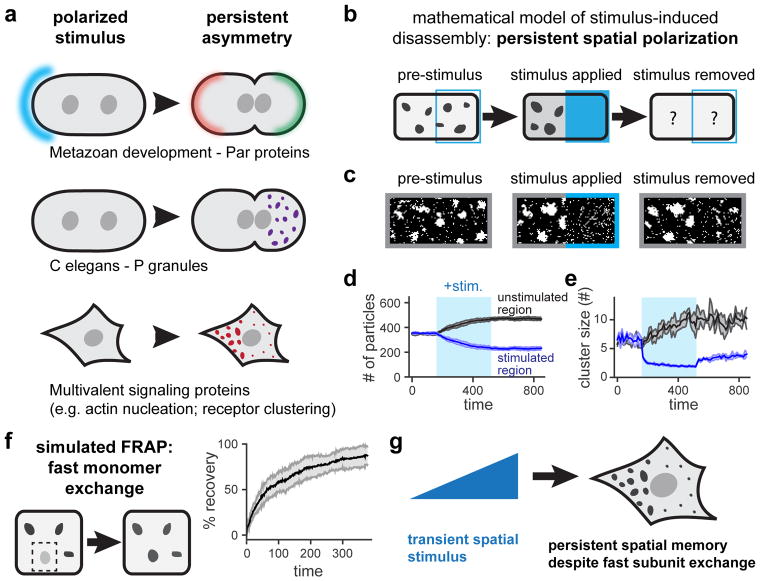Figure 1. A mathematical model predicts long-term spatial memory from phase separation.
(a) Asymmetric protein clustering occurs as part of polarized intracellular processes. (b) Schematic of simulated experiment where clusters are locally dissolved by a transient stimulus. (c) Still frames from simulation demonstrating the response to the stimulus in b. (d,e) Quantification of the total number of particles (d) and mean cluster size (e) in the stimulated and unstimulated regions during all three stimulation time periods. Mean ± SEM are shown from five independent runs. (f) A simulated photobleaching experiment demonstrates rapid exchange of monomers in and out of clusters. Mean ± SEM for 10 clusters is shown. (g) Modeling suggests that transient, local stimuli can drive persistent asymmetries of dynamic, liquid-like granules. See also Figure S1 and Movies S1–S3.

